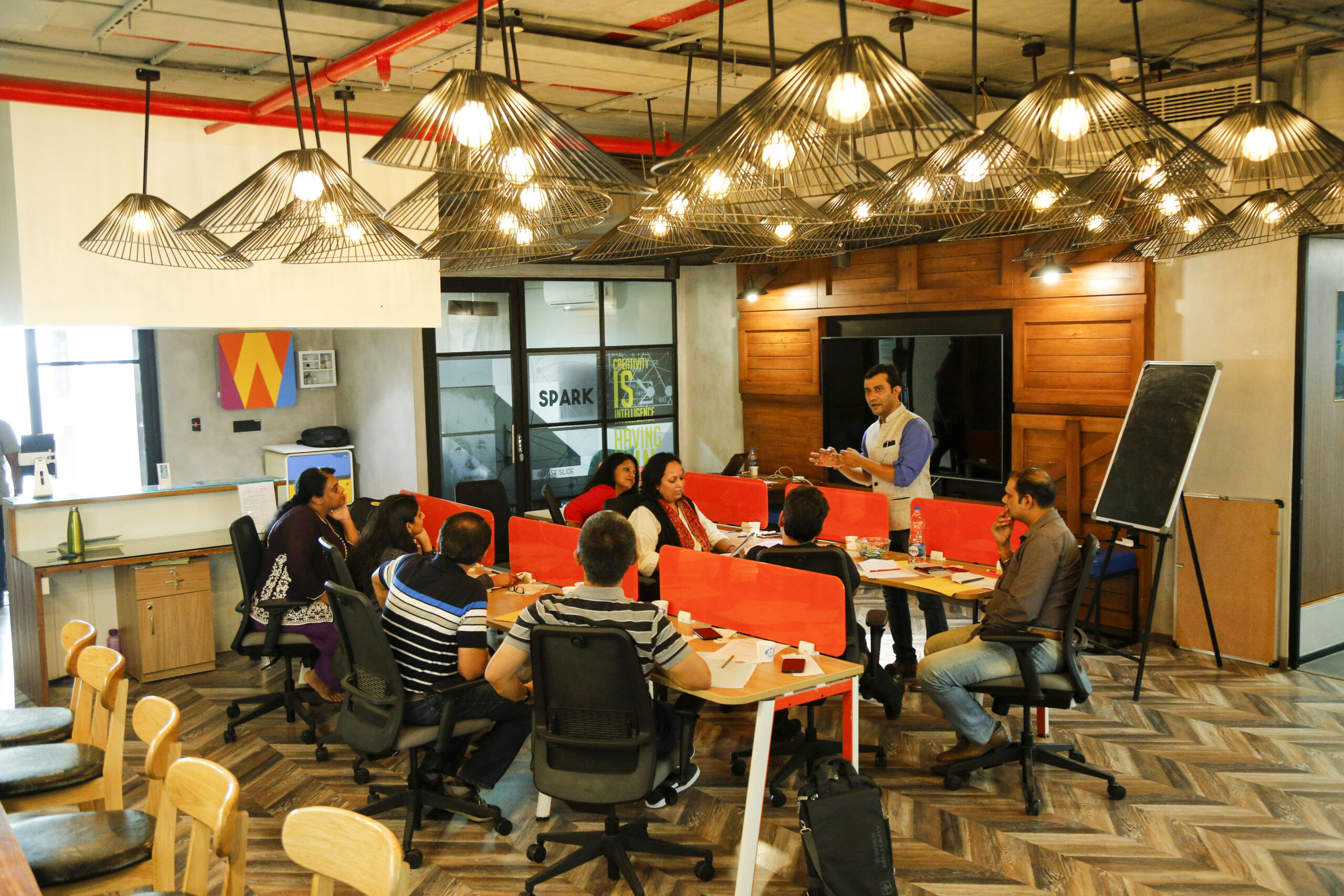
The Power Duo for Modern Problem-Solving
In the rapidly evolving world of innovation, the fusion of Design Thinking and Lean Innovation has emerged as a game-changing approach to tackling complex challenges. This synergy combines the creative, user-centered philosophy of design thinking with the efficiency and agility of lean methodologies, enabling organizations to generate impactful solutions while optimizing resources and minimizing risk.
What Is the Confluence of Design Thinking and Lean Innovation?
At its core, this confluence represents a harmonious integration of two complementary mindsets:
- Design Thinking focuses on understanding users, redefining problems, and crafting innovative, empathetic solutions through a structured process of Empathize, Define, Ideate, Prototype, and Test.
- Lean Innovation emphasizes rapid experimentation, iterative learning, and waste reduction to ensure that ideas are validated and optimized for implementation.
Together, they create a holistic approach to innovation that is both creative and pragmatic.
Key Benefits of the Confluence
- User-Centered and Market-Validated Solutions: Design thinking ensures deep empathy with users, while lean innovation validates ideas through real-world feedback.
- Speed with Precision: Accelerate the innovation process by quickly prototyping and testing ideas without compromising quality.
- Cost-Effective Innovation: Lean methodologies minimize resource wastage, ensuring efficient use of time and money.
- Cross-Disciplinary Collaboration: The integration fosters teamwork across departments, aligning diverse perspectives toward shared goals.
- Sustainable Growth: Iterative refinement ensures long-term relevance and scalability of solutions.
How the Confluence Works
- Empathize and Define Needs
- Begin by understanding user pain points and goals through design thinking techniques such as interviews, journey mapping, and empathy exercises.
- Use insights to clearly define the problem statement, ensuring alignment with organizational objectives.
- Ideate with Creativity and Feasibility in Mind
- Brainstorm solutions without constraints, leveraging design thinking’s ideation techniques.
- Narrow down ideas by applying lean principles to assess feasibility, scalability, and resource implications.
- Rapid Prototyping and Testing
- Develop low-cost prototypes and conduct iterative tests using design thinking’s prototyping tools.
- Apply lean experimentation to gather real-time feedback, pivoting quickly based on insights.
- Implement with Agility and Empathy
- Scale the solution through lean processes while continuously monitoring user impact and satisfaction.
- Iterate for Continuous Improvement
- Integrate user feedback and market data to refine the solution, creating a loop of continuous learning and adaptation.
Applications of the Confluence
- Product Development: Design user-centric products while optimizing production cycles and costs.
- Service Design: Create impactful customer experiences that are validated through iterative testing.
- Organizational Innovation: Implement agile processes to solve internal challenges while fostering a culture of creativity.
- Startups: Accelerate time-to-market with validated, user-focused offerings.
The Future of Innovation: A Unified Approach
The confluence of design thinking and lean innovation represents the best of both worlds—a balanced approach that values both creativity and efficiency. It equips organizations to navigate uncertainty, address evolving user needs, and stay ahead in competitive markets.
By embracing this powerful duo, businesses can transform their innovation journey from a linear process to a dynamic, iterative cycle that prioritizes impact, adaptability, and long-term value creation.
Let the confluence of Design Thinking and Lean Innovation redefine how you innovate and lead in an ever-changing world.

